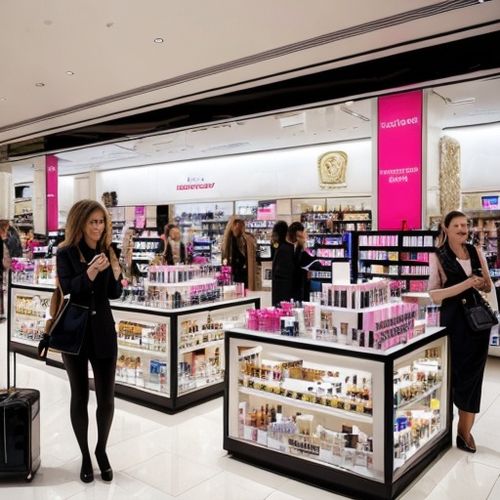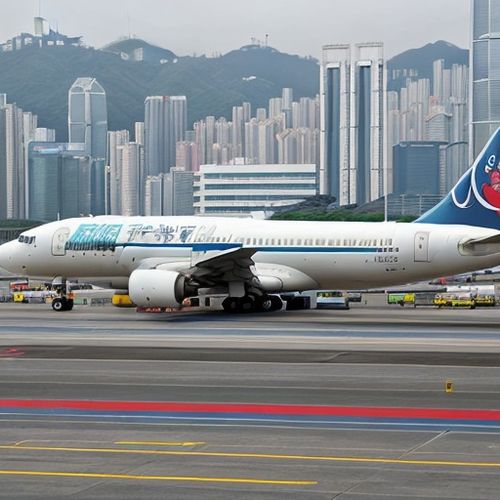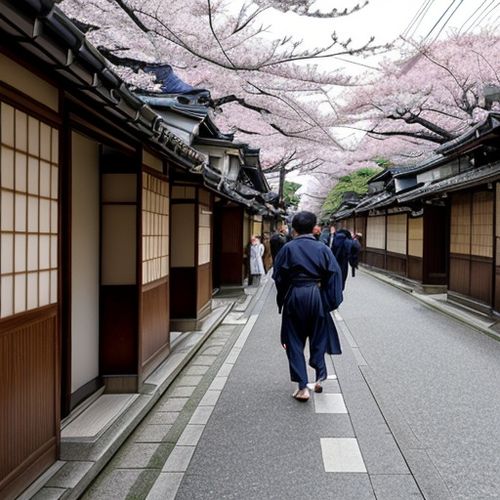For years, South Korea’s duty-free shops thrived on the booming business of Chinese daigou—individuals who bulk-purchased luxury goods to resell in China at marked-up prices. However, recent shifts in global travel patterns, economic pressures, and regulatory crackdowns have forced these retailers to rethink their strategies. The golden era of daigou may be coming to an end, and duty-free operators are now scrambling to pivot toward local customers to sustain growth.
The pandemic was a turning point for the industry. With international travel grinding to a halt, duty-free shops in Seoul and other major cities saw their revenues plummet. Chinese tourists, who once accounted for nearly 70% of duty-free sales, disappeared overnight. While some daigou agents continued operating through proxy shoppers or online channels, the volume was nowhere near pre-pandemic levels. As borders reopened, hopes for a quick recovery were dashed by China’s sluggish economic rebound and its tightened restrictions on reselling imported goods.
A New Focus on Domestic Consumers
Faced with dwindling international shoppers, South Korea’s duty-free industry is now aggressively courting locals. Previously, domestic customers were often sidelined due to their lower spending power compared to free-spending Chinese tourists. But with the daigou model in decline, retailers are rolling out tailored promotions, exclusive membership perks, and limited-edition products to attract Korean consumers.
Lotte Duty Free, one of the market leaders, has introduced special discounts for Korean nationals and expanded its lineup of K-beauty and local luxury brands. Similarly, Shinsegae Duty Free has launched pop-up events featuring K-pop collaborations to draw younger shoppers. These efforts are slowly paying off—domestic sales have risen by over 30% year-on-year, though they still make up a fraction of total revenue.
The Challenges of Localization
Transitioning to a domestic-focused strategy isn’t without hurdles. Korean consumers are notoriously price-sensitive and less inclined to splurge on high-end cosmetics or designer handbags compared to their Chinese counterparts. Additionally, the absence of tax-free benefits for locals (who must still pay VAT on certain items) makes duty-free shopping less appealing. Retailers must work harder to justify the premium pricing.
Another obstacle is the lingering dependence on daigou networks. Some duty-free operators still rely on bulk sales to resellers, albeit in a more discreet manner. Completely severing ties with daigou could lead to short-term revenue losses, but failing to adapt risks long-term stagnation. Striking the right balance remains a delicate act.
Government Policies and the Future
South Korea’s government has stepped in to support the industry’s transition. Recent policy changes allow duty-free shops to sell certain goods to locals without requiring international flight tickets—a rule that previously restricted domestic access. Meanwhile, authorities are cracking down on illegal daigou operations to level the playing field for legitimate businesses.
Whether these measures will be enough to offset the loss of Chinese spending power is uncertain. Analysts suggest that the future of South Korea’s duty-free sector lies in diversification—expanding beyond luxury goods to include more experiential offerings, such as cultural events or localized shopping experiences that resonate with both locals and a new wave of international tourists.
The decline of the daigou era marks a pivotal moment for South Korea’s retail landscape. While the road ahead is challenging, the shift toward local consumers could ultimately lead to a more sustainable and balanced industry—one that no longer hinges on the whims of a single market.

By Elizabeth Taylor/Apr 11, 2025

By Christopher Harris/Apr 11, 2025

By William Miller/Apr 11, 2025

By Rebecca Stewart/Apr 11, 2025

By Megan Clark/Apr 11, 2025

By Grace Cox/Apr 11, 2025

By Benjamin Evans/Apr 11, 2025

By Victoria Gonzalez/Apr 11, 2025

By Thomas Roberts/Apr 11, 2025

By James Moore/Apr 11, 2025

By George Bailey/Apr 11, 2025

By Lily Simpson/Apr 11, 2025

By Megan Clark/Apr 11, 2025

By Jessica Lee/Apr 11, 2025

By Olivia Reed/Apr 11, 2025

By George Bailey/Apr 11, 2025

By Emily Johnson/Apr 11, 2025

By Victoria Gonzalez/Apr 11, 2025

By William Miller/Apr 11, 2025

By Grace Cox/Apr 11, 2025